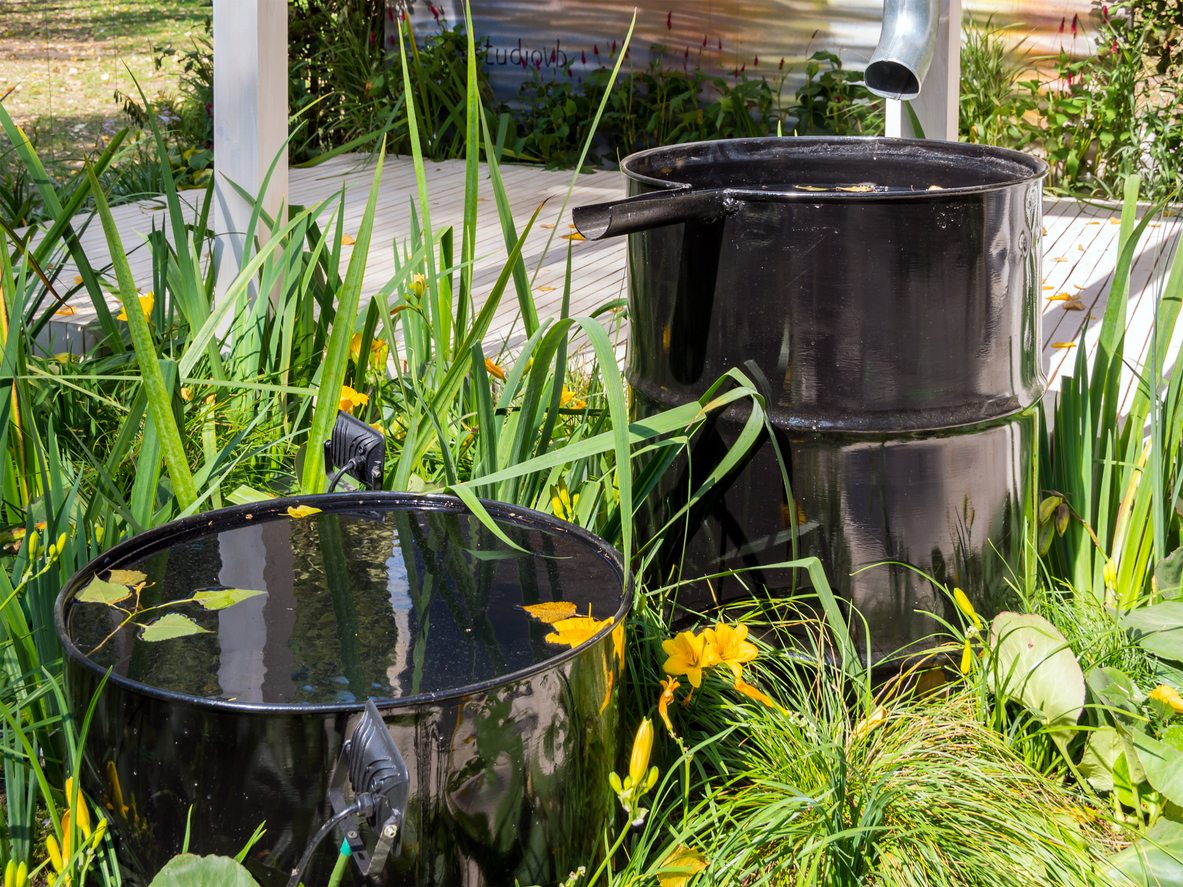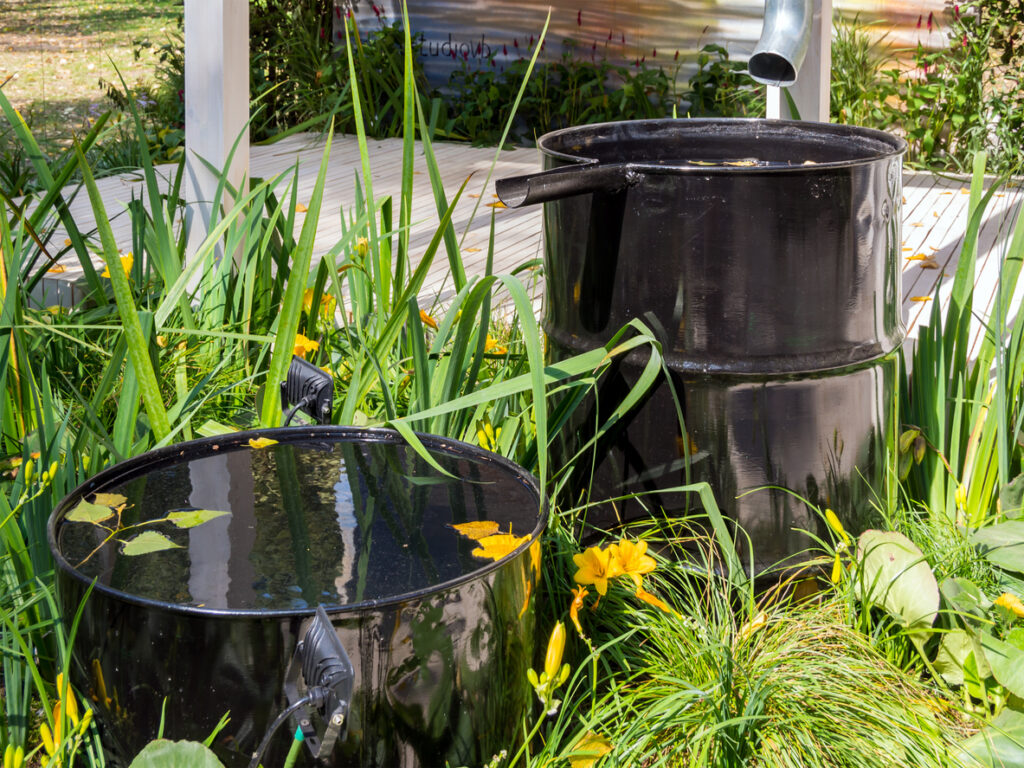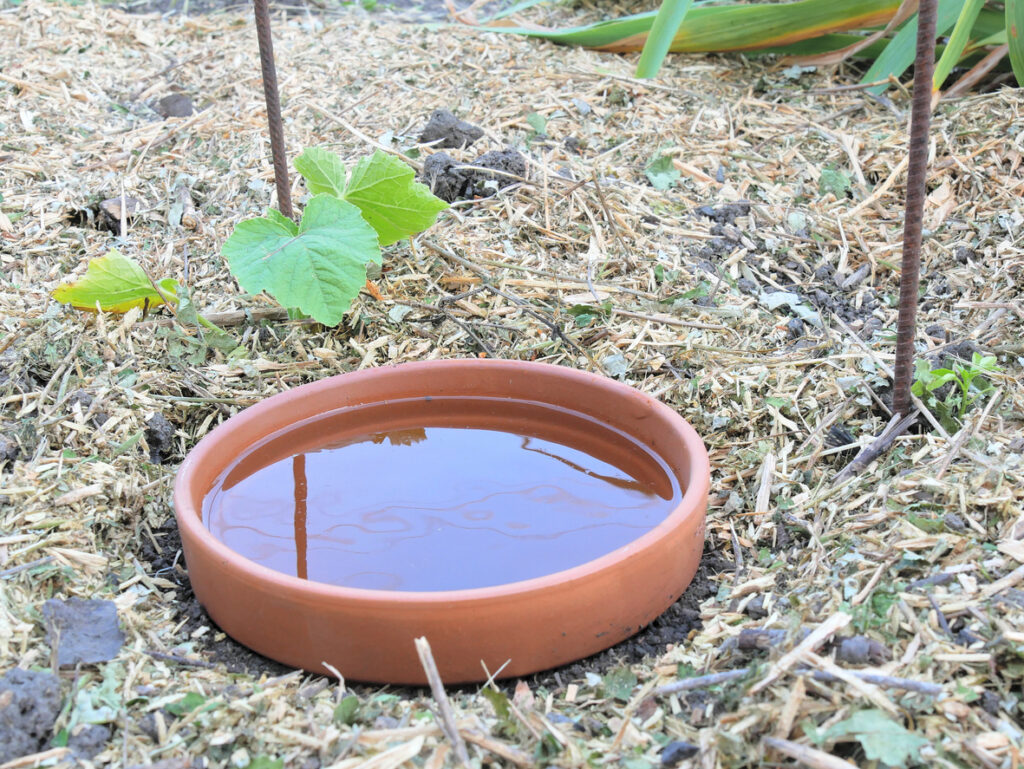
Creative Solutions for Water Harvesting in Water-Scarce Regions
A rainwater harvesting system is one of the smartest ways to tackle the growing water scarcity problem, especially if you live in a drought-prone area. As climate change intensifies and resources shrink, more communities feel the strain of limited access to clean water.
Water harvesting means collecting and reusing rainwater or household water to reduce your dependence on municipal sources, cut your utility bills and support the planet. Whether you’re a homeowner or renter, there are simple, creative harvesting solutions you can use to live more sustainably.
Greywater Recycling for Landscape Use
You can give your used water a second life by installing a simple greywater harvesting system at home. Instead of letting water from your sinks, showers and washing machine go to waste, redirect it to keep your garden or lawn thriving. The average family of four in the U.S. uses about 400 gallons of water daily, perfectly usable for outdoor irrigation.
With a basic filter and some affordable plumbing adjustments, you’ll cut down on waste and make the most of every drop. If you live in an area with irrigation bans or frequent droughts, this is a smart and sustainable way to maintain your plants without relying on limited freshwater sources.
Rooftop Rainwater Collection Systems
You can capture and store rainwater directly from your roof and turn it into a practical resource for everyday use. Rain can cause serious damage to your deck, patio or outdoor furniture if it’s not managed properly. Instead of letting water go to waste, or cause damage, you can place small buckets on flat patio roofs or set up a simple system with gutters, downspouts and storage barrels to collect rainwater.
Even brief rainfall can give you plenty of usable water. Whether you use it for garden irrigation or flushing toilets, a water harvesting setup helps you cut utility costs and protect your outdoor space with just a few smart adjustments.
Underground Storage Tanks
If you don’t have much space, installing an underground storage tank is a smart way to collect and store rainwater without cluttering your yard. These systems can hold a surprising amount of water for everyday or emergency use.
This rainwater harvesting setup gives you peace of mind if you want to water your garden or have a backup supply during a dry spell. It maximizes your harvesting potential without taking up surface space. The United States Environmental Protection Agency regulates underground storage tank systems, so before installing one, ensure you understand compliance requirements.
DIY Condensation Harvesting Systems
You can pull water straight from the air using clever tools like solar stills, cooling surfaces or dew harvesting setups. These systems capture humidity and turn it into usable water, even if you live in a place with little rain. Dew harvesting and air wells take advantage of the temperature swings between hot days and cool nights, which causes moisture to condense and collect in a container.
It’s an effective water harvesting method in desert-like environments where humidity may be low, but still present. You can generate small, steady amounts of water with creativity and the right setup. This is perfect for cleaning or building your emergency supply sustainably.
Permeable Paving and Infiltration Trenches
You can upgrade your driveway by switching from solid concrete to porous materials — like gravel, permeable pavers or open-jointed bricks — that let rainwater soak into the ground. Instead of watching the water rush into the street, you’ll be helping to naturally recharge groundwater under your feet.
You can take it further by pairing your new surface with an underground reservoir to collect excess rain for later use. This simple rainwater capture approach helps prevent runoff and reduce erosion around your property. It’s a practical and sustainable way to turn your outdoor space into a water-saving powerhouse.
Rain Gardens and Swales
You can turn your yard into a smart, eco-friendly space by creating a rain garden or swale. These rainwater capture tools are designed to catch and absorb runoff before flooding your lawn or flooding into storm drains. Planting deep-rooted native grasses and flowers helps water soak into the soil naturally while reducing the need for extra irrigation.
In addition, native plants are low-maintenance and perfectly suited to your climate, making them less likely to attract pests or negatively impact natural cycles. Invasive plants often bring problems, like pest infestations and damage to the local ecosystem. A rain garden saves water and adds a functional touch to your outdoor space.
Portable Water Harvesting Barrels
A portable harvesting barrel can make a big difference in water use. If you’re renting, or short on outdoor space, this is one of the easiest ways to start collecting rainwater without a major setup.
Just place the barrel under a downspout or in an open spot where rain naturally falls. It will quickly fill up, and you can use the collected water to nourish your plants or rinse off garden tools. It’s a low-cost, low-effort way to reduce tap use and take a smart step toward more sustainable living.
Terracotta Pot Irrigation
To keep your plants hydrated in a dry climate, try using buried clay pots, also known as olla irrigation. These unglazed pots slowly release water at the root level only when the surrounding soil dries. This means your plants get the right amount of water without any runoff or evaporation, making this one of the most efficient methods.
This traditional rainwater harvesting technique is centuries old but still incredibly effective for garden beds and container plants. Plus, it’s low-maintenance, easy to set up and scalable, so you can use one or several depending on the size of your space.
Start Saving Water Right Where You Live
Conservation starts at home, and even small changes can make a big impact. Take a moment to audit how much water you use daily — from showers to lawn care. Try at least one of these creative water harvesting methods and see how easy it is to save resources while living more sustainably.





Nicole
I’d add a little heads-up about mosquitoes. Since they breed in standing water, leaving barrels or tanks open is like rolling out the welcome mat for them. To keep the bugs at bay, cover your water barrels with tight lids or fine mesh. That way, you’re not just saving water—you’re also keeping mosquitoes from turning your water source into their personal nursery.